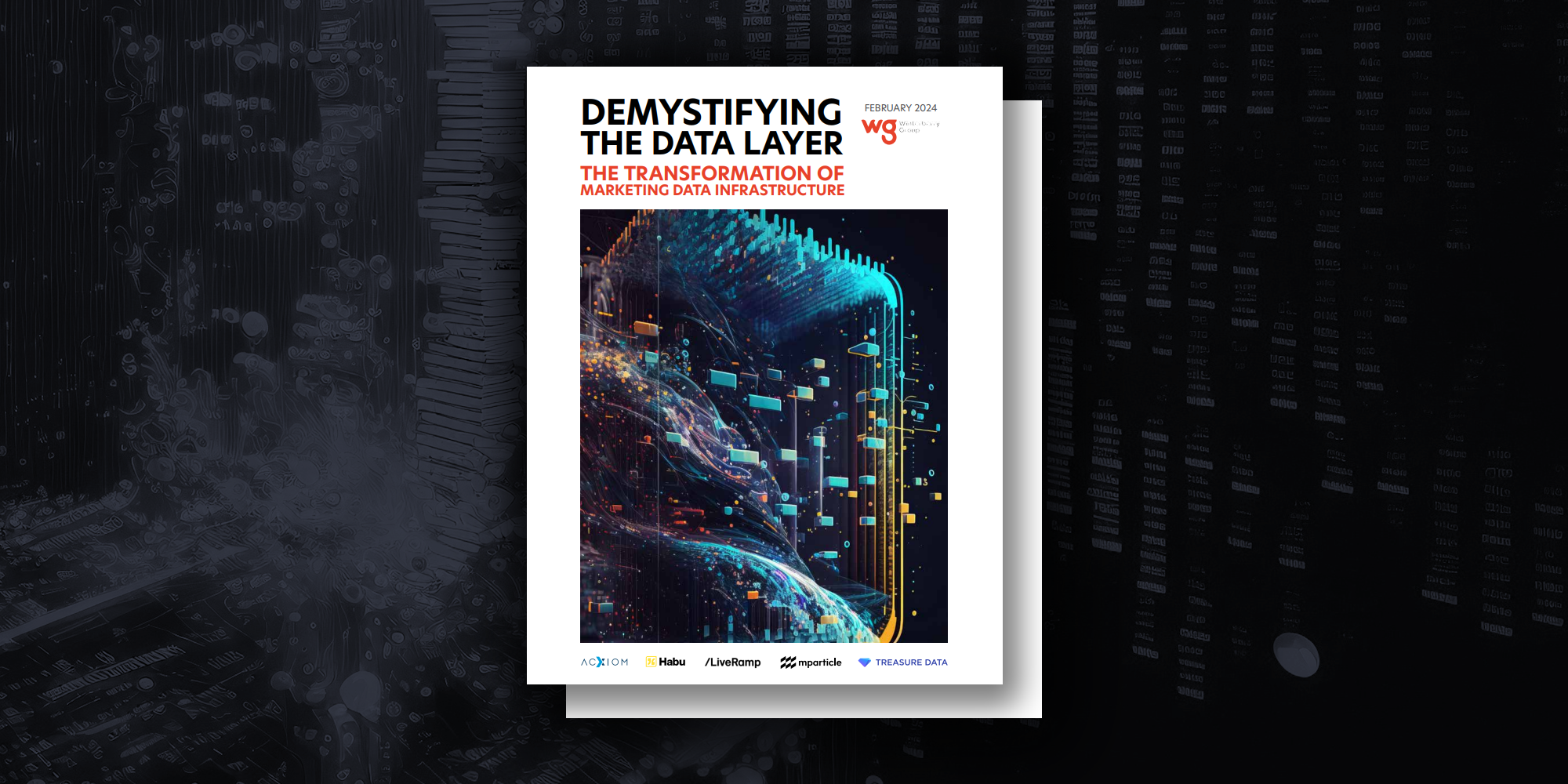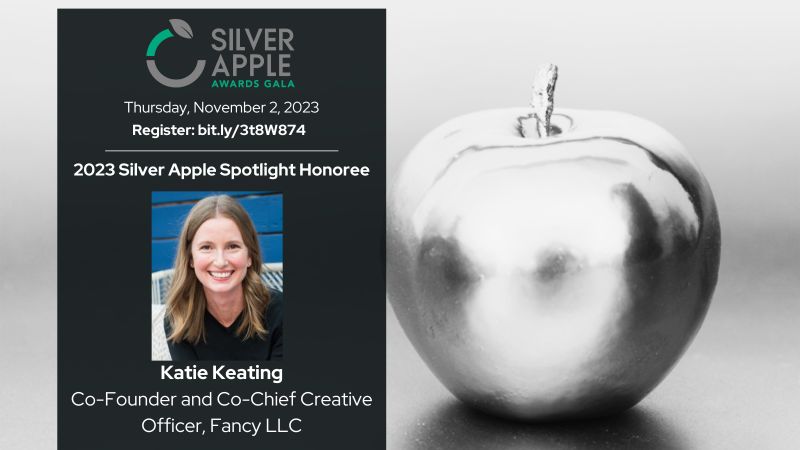
“People make split-second decisions,” Nancy Harhut reminded a standing-room-only crowd during her session, “7 Human Behavior Hacks That Increase Engagement and Response,” at DMA’s &THEN 2016 conference.
Harhut, chief creative officer at Wilde Agency, noted that this reality is just one of many challenges marketers face in capturing prospective customers’ attention at a time when the average attention span has decreased to a mere eight seconds. “People rely on decision-making shortcuts,” she said, adding that 95% of purchase decision making takes place in the subconscious mind, according to research by Gerald Zaltzman. “Marketers need to take what they’ve learned about human behavior and use it.”
Harhut cited seven behavior triggers with recommendations for how to do just that:
1. Availability bias. People draw on what they know. So, ask people to think of a time in the past when they could have used what you’re selling or to imagine when they might want to use it in the future. Make them see how it could fit into their life. Make it real for them.
2. Social proof. When we don’t know what decision to make we look to others for support, motivation, etc. Marketers using social proof can reference similar customers in their communications. For example, “The average donation in your area is $23.” Testimonials and reviews are common examples of social proof, and are most effective when given by people similar to those a marketer is trying to engage. “People are more likely to believe ‘people like me,’” Harhut said.
3. Scarcity. Many people are driven by exclusivity and urgency. “We put a lot of value on things that are scarce,” Harnut pointed out. Marketers can use this approach with people (“Only our most valued customers are invited”) and products (“Only 20 seats left for the show). In terms of urgency, Harhut pointed out that countdown clocks in email boost click-throughs by 17%, according to Worldata.
4. Commitment and consistency. Once people make a commitment and take a stand they’re more likely to stick with it—especially if they’ve put it in writing. Marketers who can get one small yes and then ask for more are likely to get more yeses. So, escalate your asks, Harhut recommends. “Go for the cascade of yeses,” she says. Trigger the first response by getting people to pledge, register, trial a membership, answer a question. Then go back and ask for more: a recurring donation, a full membership, a purchase, etc.
5. Choice architecture. The way choice is presented influences how people make a decision and will often determine whether someone will or won’t do something. Most people will go with the default or choose to do nothing. This applies to areas such as opt-in versus opt-out, the number of options to choose from, and the order those options are presented in.
6. Pricing perceptions. The same part of brain that controls physical pain reacts to pricing, Harhut said. Look for ways to highlight price that “reduce the pain” of paying for an item. For example, a price with decimals looks bigger, so use pricing without decimals for regular prices. Use bundling to help reduce pricing pain—the total price is “one hit of pain, even if the total price is higher,” Harhut said Prices that end in a 9 are perceived as a better deal and sell better, she noted. And ads with coupons perform better even if the offer is the same because that dashed line around the coupon says, “This is important.”
7. The Neuro 9. Harhut combined several neurologically related triggers to consider. Some considerations from that list include:
-
Faces attract people’s attention and pull them in, especially if the person picture looks to be making eye contact.
-
The eye direction of a model can direct consumers’ gaze toward a product in ad or a call to action.
-
A visual added to illustrate a line of text will make people more likely to believe the text than text alone. “Pictures are important in adding credibility to text,” Harhut said, adding that this also applies to charts and graphs.
-
Color matters. Black and white causes people to focus on essential features; color leads to a focus on other, non-essential features.
-
Before-and-after photos close together increases their believability.
-
Numbers in headlines work because they stand out in a sea of letters.
-
Questions in headlines and subject lines can lead to a 140% lift in engagement, according to BI Norwegian School of Business.
-
Rhymes, especially, alliteration, seem more truthful because they’re cognitively fluent; that is, they’re easy to process. “That makes us more confident in making a decision,” Harhut said.
Not only do the words used matter, but their order matters. Harhut shared the example of an anti-smoking ad, “Can you pray while you smoke?” versus “Can you smoke while you pray?” The latter had greater impact.
~ ~ ~ ~ ~ ~ ~ ~ ~
Also from DMA’s &THEN 2016 conference:
The Happy (Re)Marriage of First- and Third-Party Data
Why CMOs Are, In Fact, Chief Mystery Officers
Data: The New Marketing Currency in a Time of Change
Marketers Live in an “and” World
POPSUGAR Uses Data to Sweeten Its Marketing Performance
5 Marketing “Shoulds” in an Overwhelming List of “Coulds”
This post originally appeared on CustomerAlchemy.net








